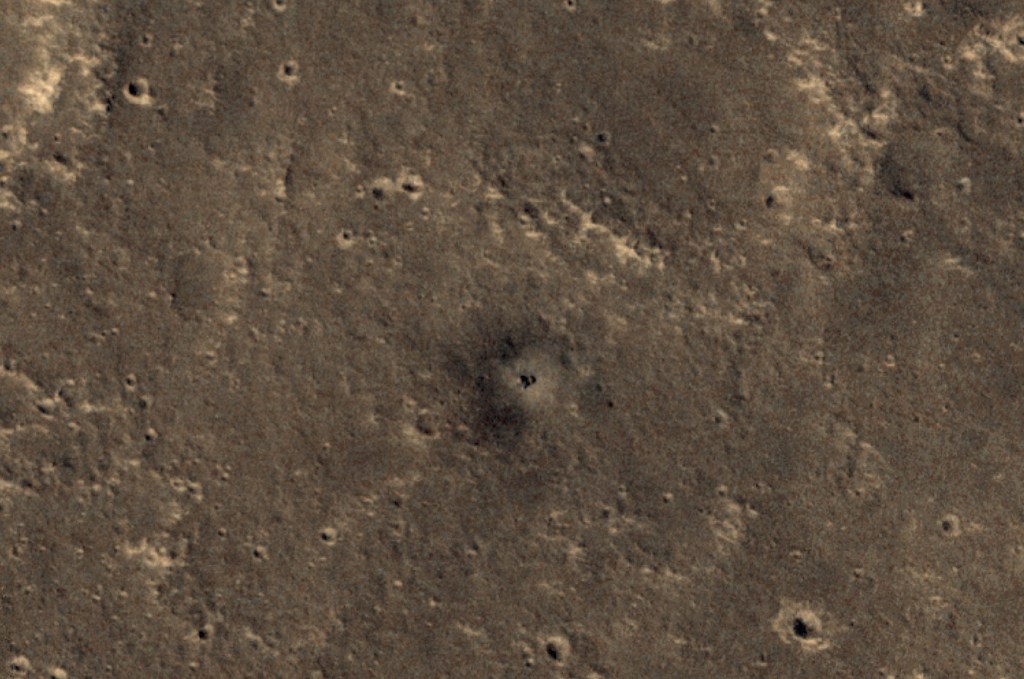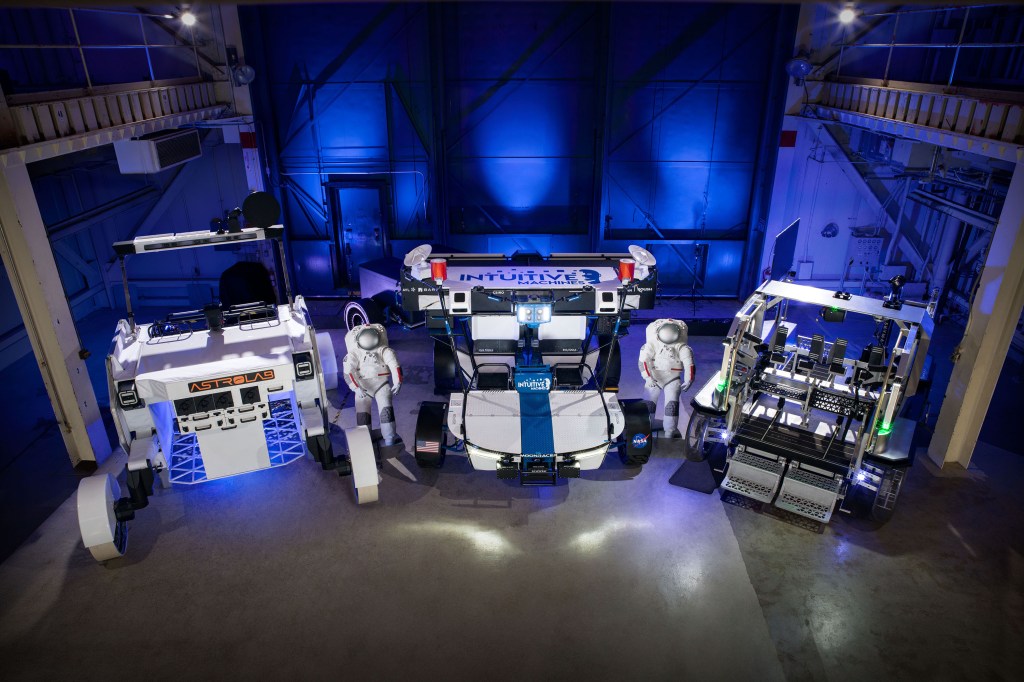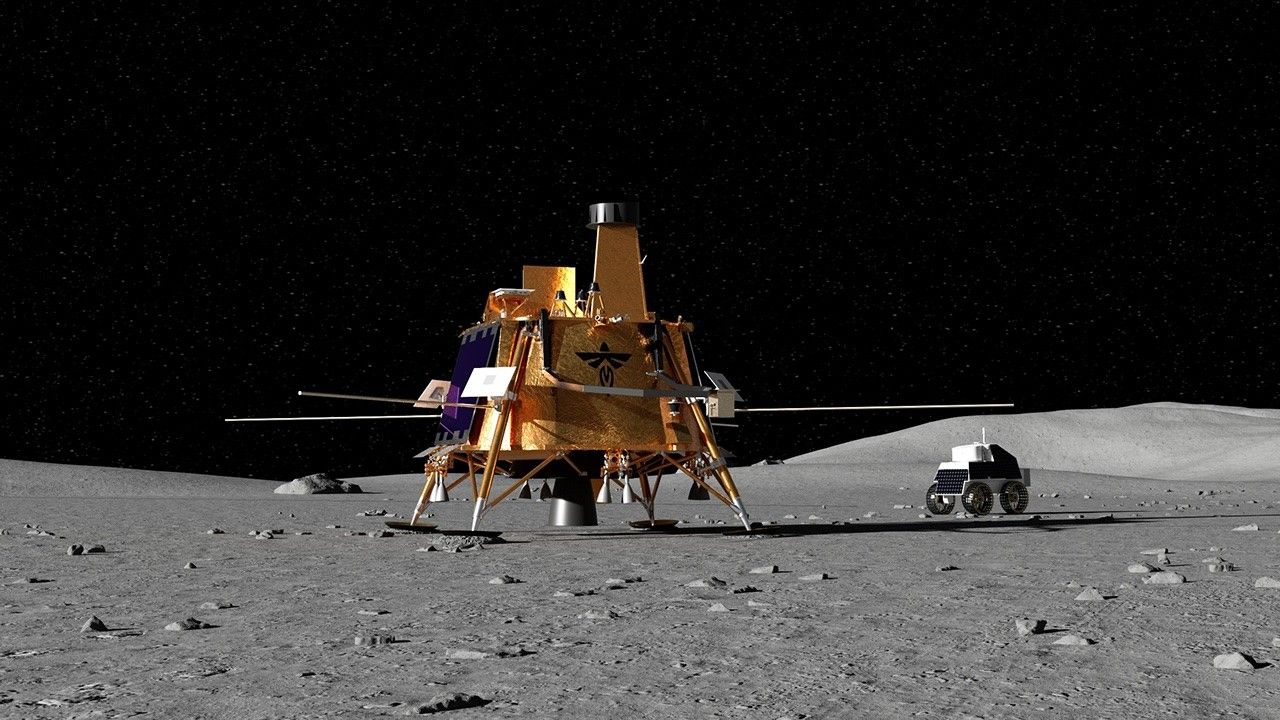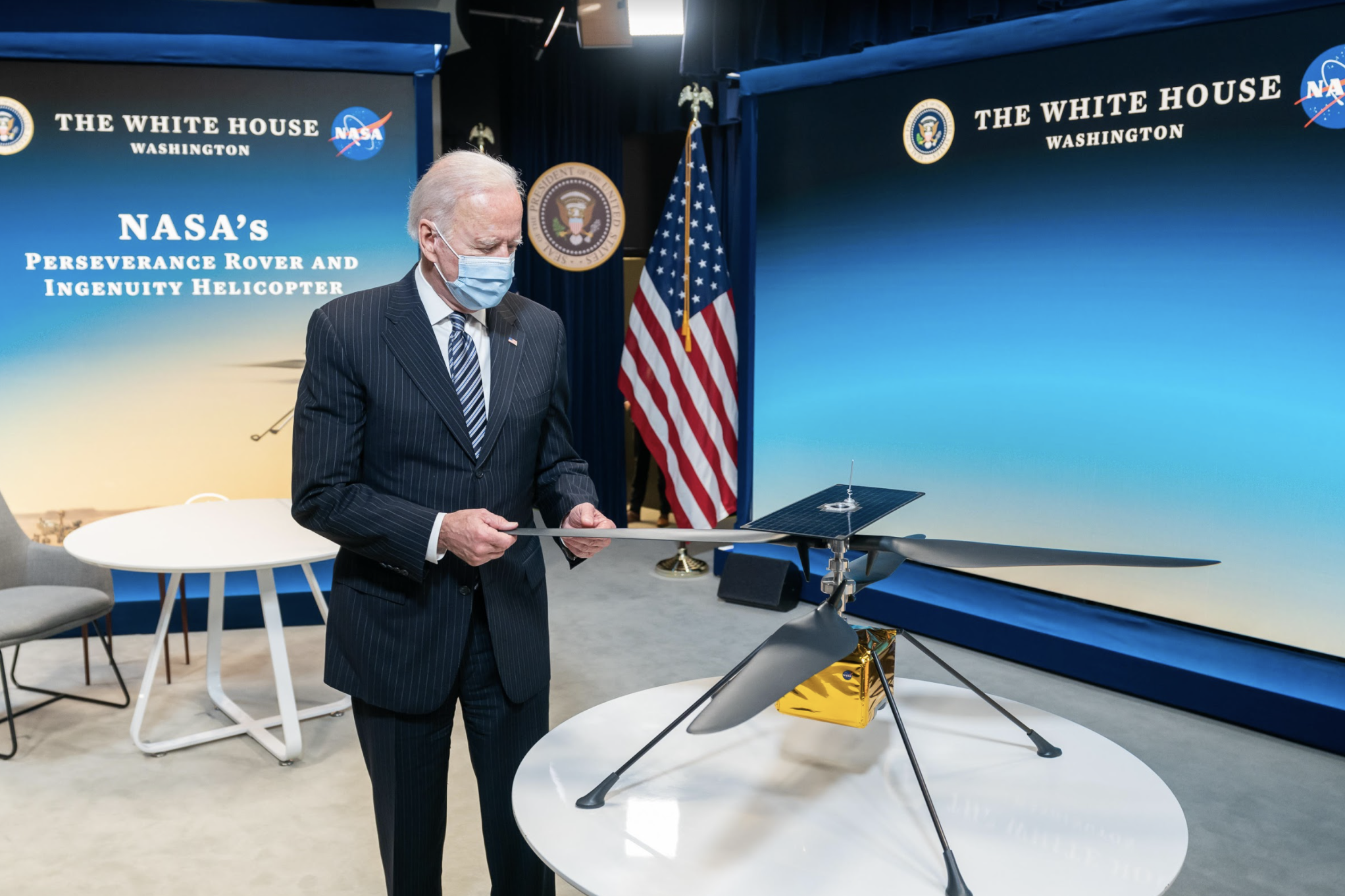In the first 100 days of the Biden-Harris Administration, NASA has taken bold steps to expand America’s exploration and scientific frontiers, advancing the nation’s commitment to build back better through innovation, combat climate change, re-establish America’s standing abroad, and inspire the next generation.
“In just the first 100 days of their administration, President Biden and Vice President Harris have expressed strong support for NASA’s goals and missions – and have laid out a vision that will guide the agency for the years to come,” said acting NASA Chief of Staff Bhavya Lal, the senior-most political appointee at the agency. “The president’s discretionary budget, engagement with the NASA workforce, and appointment of a White House senior climate advisor underscore the president’s strong support for the agency’s awe-inspiring missions and incredible science that informs critical policymaking decisions. NASA has a vibrant future ahead under the Biden-Harris Administration.”
In the first 100 days, the Biden-Harris Administration and NASA:
- Released a Fiscal Year 2022 budget request of $24.7 billion for NASA, an increase of more than 6% over what the agency received in Fiscal Year 2021. The budget demonstrates the president’s commitment to NASA, the people across the agency, and our partners, and will enable NASA to expand Earth science research, human exploration missions, and STEM education.
- Nominated Bill Nelson and Pam Melroy to be NASA administrator and deputy administrator, respectively. Nelson, a longtime champion of NASA’s missions in the Senate, and Melroy, a former U.S. Air Force test pilot and NASA astronaut, will oversee the administration’s vision for the agency.
- Tapped NASA to join the White House Climate Task Force. NASA’s Earth-observing satellites and predictive modeling technologies provide invaluable insight into how the planet is changing and will inform best practices.
- Established a new position of senior climate advisor to provide NASA leadership critical insights and recommendations for the agency’s full spectrum of science, technology, and infrastructure programs related to climate.
- Expressed key support for the Artemis program and America’s Moon to Mars approach. At a press conference in February, White House Press Secretary Jen Psaki communicated the White House’s endorsement of the agency’s plan to sustainably return to the Moon. Throughout the 2020s, the Artemis program will lay the foundation for a sustained long-term presence on the lunar surface. We will use the Moon to validate deep space systems and operations before embarking on a human voyage to Mars.
- Made technical progress on the Artemis program. NASA successfully carried out the last in a series of tests on NASA’s Space Launch System rocket core stage, and it has arrived at Kennedy Space Center where it will be assembled with other parts of the rocket and NASA’s Orion spacecraft. The agency also picked SpaceX to deliver the next American astronauts from lunar orbit to the surface of the Moon aboard the company’s Starship human landing system.
- Pledged to land the first woman and person of color on the surface of the Moon under the Artemis program. Representing the diversity of the American public is critical to the future of NASA’s human exploration missions.
- Successfully landed the Perseverance rover mission on the surface of Mars. The rover, first funded under the Obama-Biden Administration, is the most capable rover ever sent to Mars and embodies our nation’s spirit of persevering even in the most challenging of situations, providing inspiration and advancing science and exploration.
- Piloted the Ingenuity Mars Helicopter to complete the first power, controlled flight on another planet. Ingenuity, a technology demonstration, paves the way for future, more advanced aerial exploration of the Red Planet.
- Engaged with the NASA workforce. President Biden made three calls to NASA after the successful Perseverance Mars rover landing and the Ingenuity helicopter’s first flight. Vice President Harris participated in a discussion with astronauts aboard the International Space Station in honor of Black History and Women’s History months.
- Completed the first commercial crew handover on the International Space Station. NASA’s Commercial Crew Program – established under the Obama-Biden Administration – carried out this milestone following the successful NASA SpaceX Crew-2 launch.
- Named the Mary W. Jackson NASA Headquarters Building. Jackson was the first African American female engineer at NASA, whose work was critical to sending the first Americans to space. She went on to lead programs influencing the hiring and promotion of women in NASA’s science, technology, engineering, and mathematics careers.
- Appointed a diversity and inclusion advisor to advance the administration’s commitment to advance racial equity. The advisor will work with NASA leadership to further advance diversity and inclusion in the strategic decision-making of the agency to enhance organizational effectiveness, help achieve mission goals, and meet future challenges.
- Established an internal working group on orbital debris to improve the safety and sustainability of the orbital environment, which is a critical component of the space-based activities that our modern society depends on.
- Initiated an internal review of the Artemis program to evaluate the current program budget and timeline, and develop high level plans that include content, schedule, and budgets for the program.
- Displayed a Moon rock in the Oval Office. At the request of the administration, NASA loaned a Moon rock from the 1972 Apollo 17 mission – the last crewed mission to the lunar surface – to be displayed in the White House Oval Office.
For information about NASA’s missions, discoveries, and activities, visit:
-end-
Marc Etkind / Jackie McGuinness
Headquarters, Washington
202-358-1600
marc.r.etkind@nasa.gov / jackie.mcguinness@nasa.gov





























